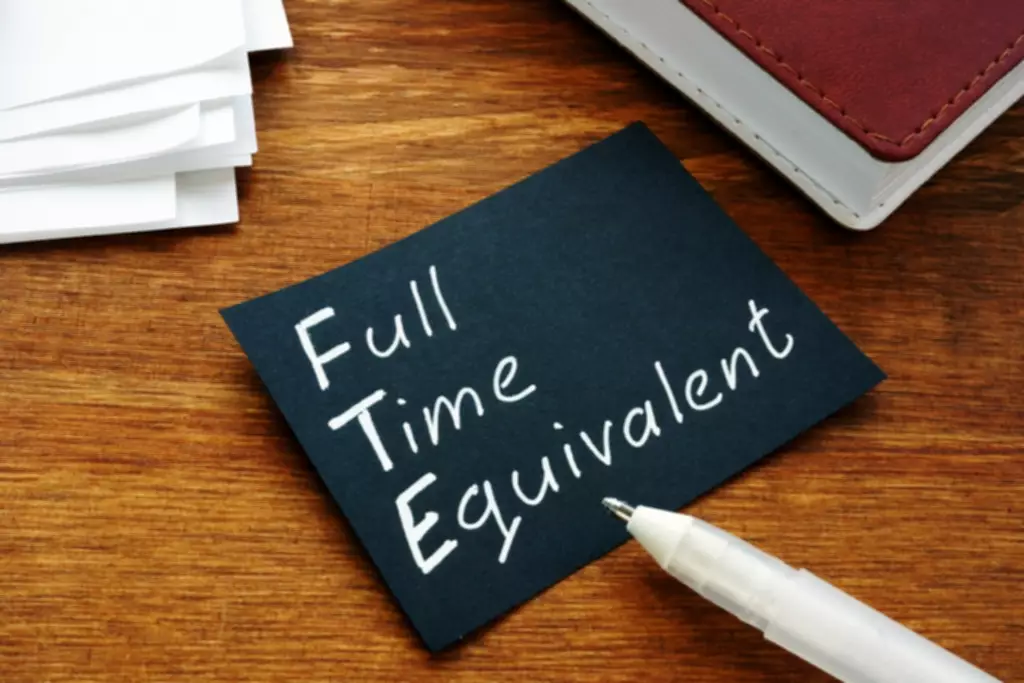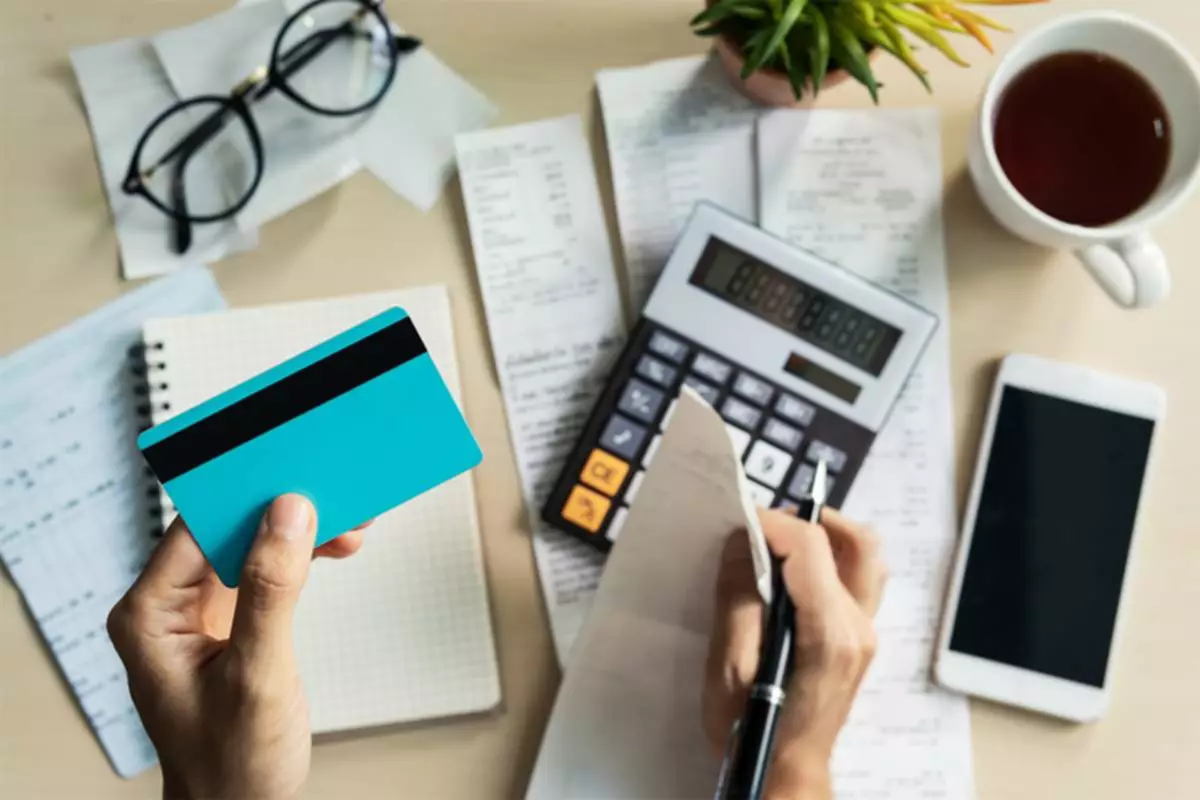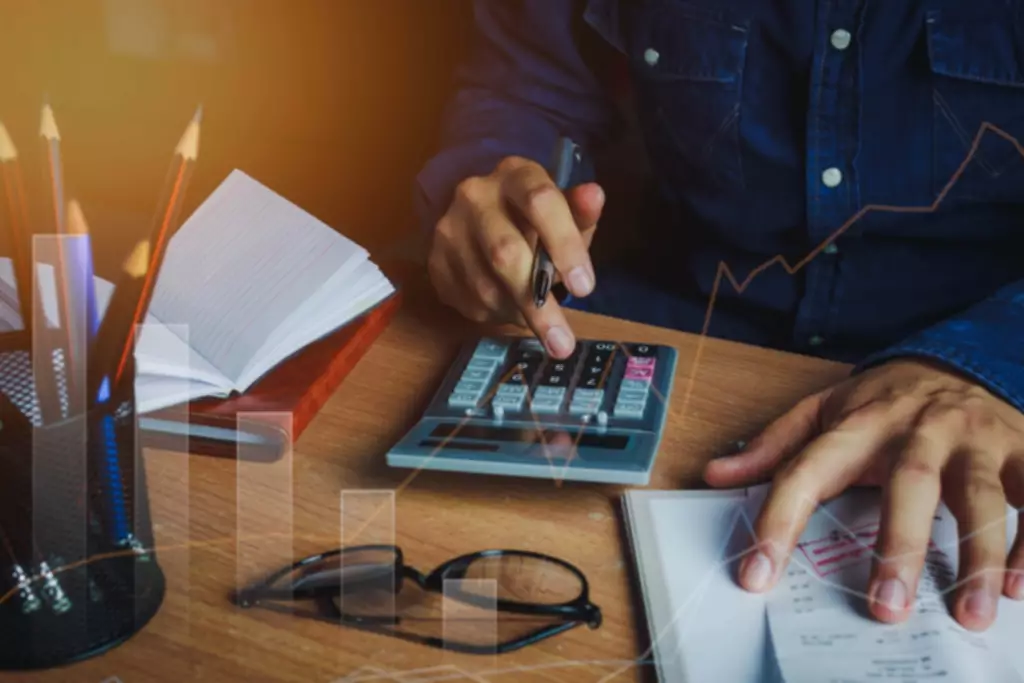Content

In accounting, a general ledger is used to record all of a company’s transactions. Within a general ledger, transactional data is organized into assets, liabilities, revenues, expenses, and owner’s equity. After each sub-ledger has been closed out, the accountant prepares the trial balance. This data from the trial balance is then used to create the company’s financial statements, such as its balance sheet, income statement, statement of cash flows, and other financial reports.

Businesses use general ledgers as part of the accounting process. Without a detailed https://www.bookstime.com/ general ledger, your accounting can quickly become disorganized and inaccurate.
It’s how you get financial statements
For companies who opt to outsource their accounting, many details of accounting methods can be left to the professionals. However, the general ledger is such a central document that any small business owner can benefit from understanding its form and function. At Ignite Spot, we strive to keep our clients well informed about their outsourced accounting and bookkeeping. For a small business owner, understanding how general ledger accounting works can be very helpful. If there’s an error and your books are out of balance, you’ll need to go back to make changes and create an adjusted trial balance or adjusting entries. The money your business earns and spends is organized into subsidiary ledgers (also called sub-ledgers, or general ledger accounts).

This ledger pertains to a financial obligation which the entity owes to outside. This also includes current liabilities & non-current liabilities. This sub-ledger includes general ledger accounts examples creditors, long-term borrowings, short-term borrowing. In this instance, one asset account is increased by $200, while another asset account is reduced by $200.
An Income Statement Transaction Example
The chart of accounts indexes all the accounts a business has and gives each one a number. The chart of accounts is used to categorize transactions by account number that took place in a set time period. This connects the movement of transactions from the general journal to the general ledger to ensure each transaction is accounted for. Each account will list the transactions, debit and credit, that take place specifically for that account. This helps businesses see the breakdown of overall financial outlook and individual account status. Cash will be debited as cash is an asset and assets are recorded on the debit side of the account, while sales revenue will be recorded on the credit side.
What are the 5 types of general ledger accounts?
Accounts receivable: money owed to your business—an asset account. Accounts payable: money your business owes—an expense account. Cash: liquid assets your company owns, including owners' equity—an equity account. Inventory: sales or purchases affecting your inventory—an asset account.